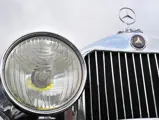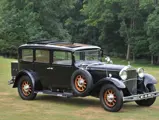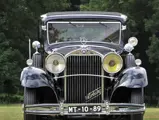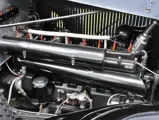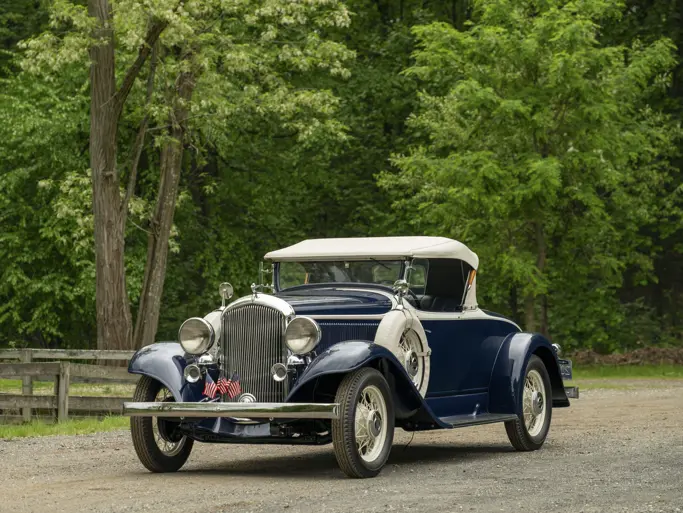18/80 hp, 4,918 cc L-head inline eight-cylinder engine, four-speed manual gearbox with Maybach overdrive, solid front axle and underslung live rear axle with semi-elliptic leaf springs, and four-wheel mechanical drum brakes. Wheelbase: 3,670 mm
The Mercedes-Benz W08 Nürburg acquired a more powerful companion model, the 500, in 1931. With the engine bored out to 4,918 cubic centimetres, it was rated at the same 18/80 PS as the 460 model, which continued in production until 1933. Both touring saloons and Pullman limousines were offered, and the bodies remained much the same as the 460, but there was no short-wheelbase model.
The term “Pullman” has several connotations: In North America it is most recognisable as a luxury railroad parlour car or sleeping car, after George Mortimer Pullman, a U.S. inventor and designer. In the European motoring world, it is known as a large and luxurious automobile, and particularly in Germany, it denotes vast length. The name has been used by Mercedes-Benz over the years to describe their longest models, often in conjunction with a body style, as in the Pullman limousine, as seen here, or the Pullman kabriolett.
Such prestige limousines were often bodied by outside coachbuilders. Daimler-Benz, however, had their own coachworks, which was equal to any of the other European constructors. In 1915, Daimler Motoren-Gesellschaft had established an aero engine plant at Sindelfingen, near Stuttgart. After the Great War, however, it was underutilised, as the Treaty of Versailles proscribed German aero production. However, the expanding automobile market, especially after the 1926 merger with Benz, demanded more space, so body production was moved to Sindelfingen, where coach building was also undertaken for outside firms like BMW, Hanomag, and Maybach. From 1933, only 1930s sports model Mercedes-Benz cars were bodied, and they proudly displayed Sindefingen body plates.
The 500 Nürburg, later simply called the Type 500 N, would succeed its sibling after 1932, when a vee-type radiator shell and slightly raked windscreen were adopted. The final iteration of the W08 style, with higher compression and more streamlining of the body, was built from 1936 to 1939.
This Type 500 Pullman Limousine presents well in gloss black. As the recipient of an older restoration, it displays a bit to checking to the front wings, bonnet, and scuttle, but the overall effect is striking, with it being highlighted by recent re-plating of all the brightwork. The chauffeur’s compartment is upholstered in black vinyl, and it is in very good condition. The rear compartment has seating for five passengers, with two of them sitting on folding jump seats. The compartment is finished in striped cloth with tan carpet. There are smoking sets, an ashtray and cigarette lighter, on each side, door pockets, courtesy lights with etched lenses, and a folding fabric sunroof that extends the entire length of the body.
Exterior lighting is comprised of large Carl Zeiss headlamps and Bosch side lamps, as well as trafficators that are fitted to the windscreen pillars. A capacious trunk is carried on a folding rack at the rear. The engine compartment is clean and serviceable, although not excessively detailed, and the massive side-valve eight consumes all available space. Interestingly, it is fitted with its factory overdrive unit, which was actually manufactured by Maybach, and it has a final drive ratio of 1:141. Ideal for Continental touring, this stately Pullman Limousine is also well suited for parade work or wedding hire.





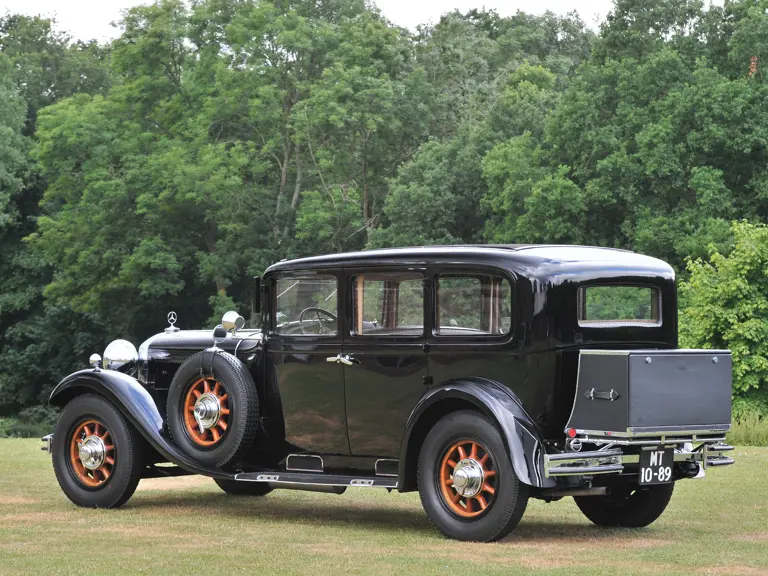












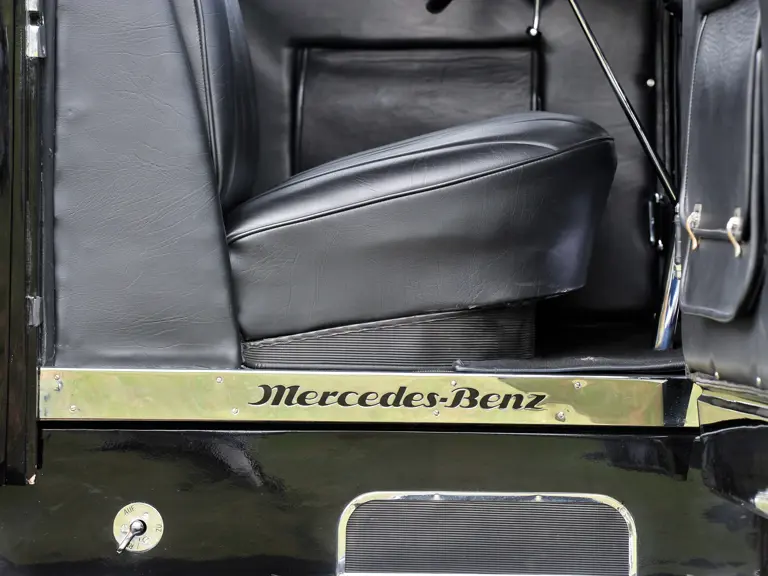
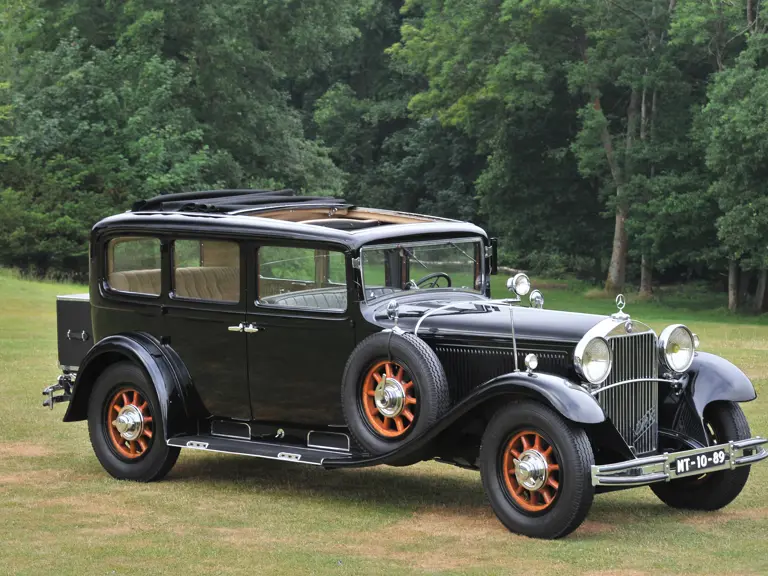







 | London, United Kingdom
| London, United Kingdom




